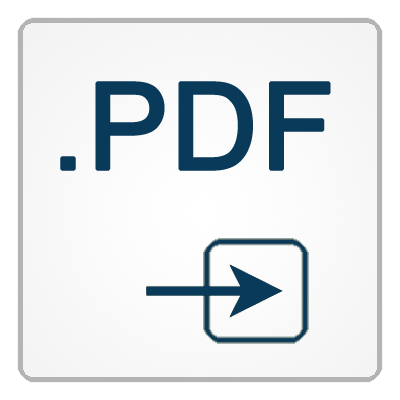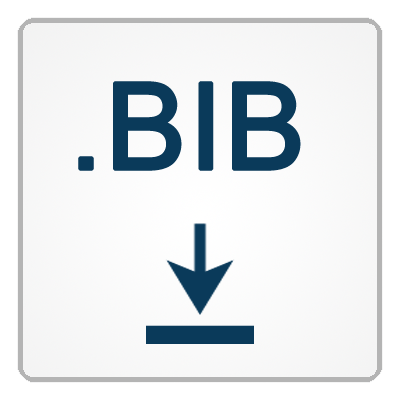Extraction of the Ɵ- and ɤ-cycles active in human speech processing from an articulatory speech database
Authors: Harald Höge
Abstract:
For mimicking human articulatory speech production and perception, en-trained Ɵ- oscillations, related to the rhythm of syllables, and nested ɤ- oscillations, related to the starting points of elementary articulatory gestures (EAGs), must be modeled. To train and test articulatory speech synthesis and speech recognition sys-tems based on cortical principles, speech databases are needed, which are annotated by EAGs aligned to Ɵ- and ɤ-oscillations. Due to the limited abilities of current technology to measure neural activities in the cortex, such databases are not availa-ble. The paper describes a noninvasive methodology working with a phonetic anno-tated articulatory speech database, to detect the EAGs and align them to cycles of Ɵ- and ɤ-oscillations. The methodology is based on the combination of two methods, a perceptive and an articulatory method. The perceptive method mimics the extraction of edge features as done in the auditory cortex during perception, which determine the duration and phase of each Ɵ-, and ɤ-cycle. The articulatory method uses the kin-ematics of the movements of articulators, recorded by electromagnetic articulography, to determine the starting points of EAGs. The starting points retrieved are used to fine tune the Ɵ-, and ɤ-cycles estimated by the perceptive method. The success of finding ‘correct’ ɤ-and Ɵ-cycles is measured on the consistency of the starting points of the instances of each EAG found in the database.


